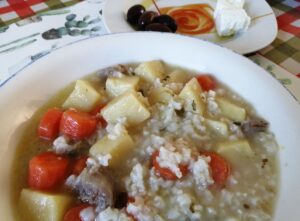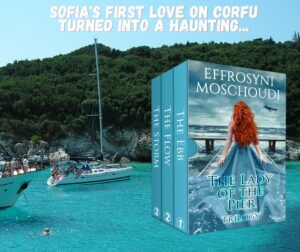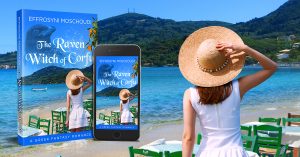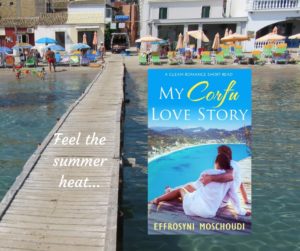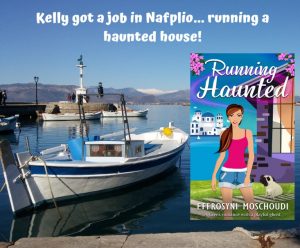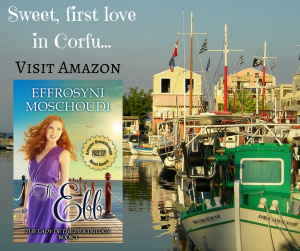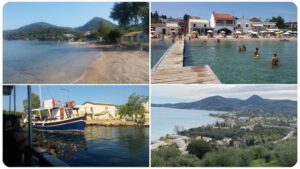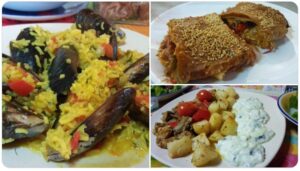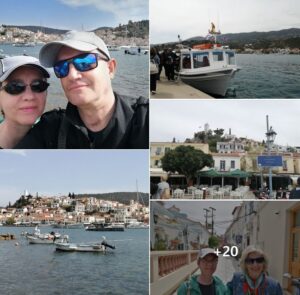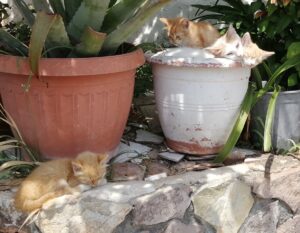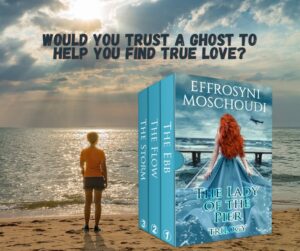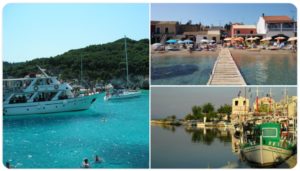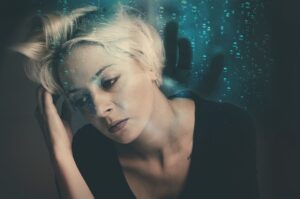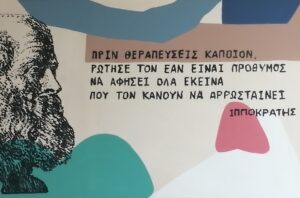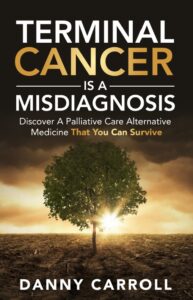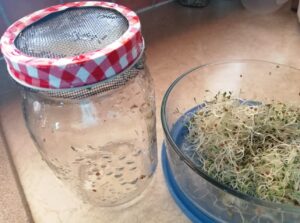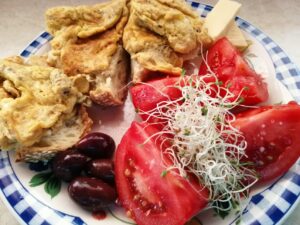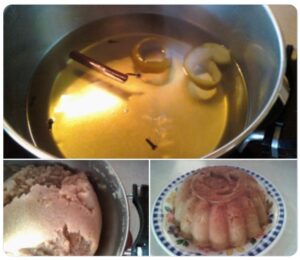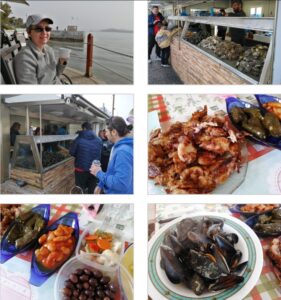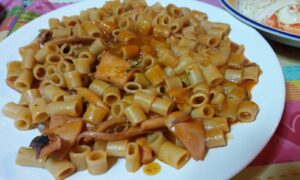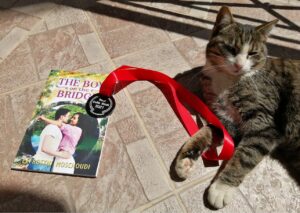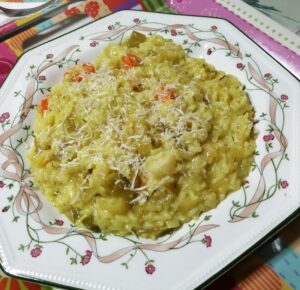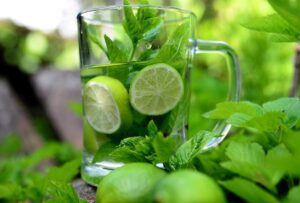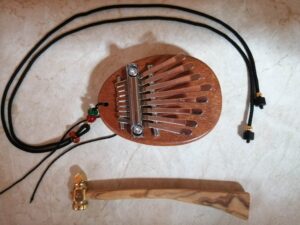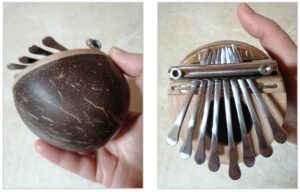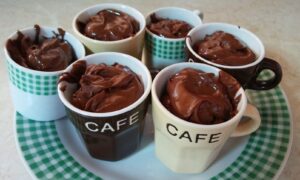
It’s very disheartening (and alarming) to know authors have started to use AI platforms to create books. This makes it so hard for authors who still refuse (and will always refuse) to do the same. So these authors who refuse to use AI (and I am one of them) are in a bit of a pickle. I mean, how do you compete with an AI that’s tireless and all brilliant?
But AI-written books can be a form of a ‘threat’ for the readers as well. In terms of quality, for one. Book-writing is an art form, as we all understand. Are we sure that what the AI offers will amount to what a human being can offer to a reader? Writing a novel involves the heart and the soul of the writer – plus, a mystical connection with something ethereal, something ‘out there’ that even though every fiction writer experiences as a ‘download’ of information, they often have no idea where the inspiration is really coming from. Anyone who’s ever written a novel understands this statement.
Reducing the art form that is called fiction-writing to something a piece of code can put together (using its admittedly powerful and brilliant skills), is something that the human race cannot possibly benefit from. Why? Because, as I said, the writing process will not involve the workings of a living soul. What makes good writing is the quality (and the height) of the emotions the reader experiences. When a reader laughs out loud or reaches out for a hankie as they read, it’s only because the human being who wrote the book did the same as they read it themselves previously. This creates a connection between the author and the reader that no AI can ever form.
To be honest, I am very concerned that the ‘soul-less’ pieces of writing churned out by an AI will in time change the experience of the readers, habituating them to it, enough for them to ultimately settle for less. There’s also the matter of plagiarism to consider, whereas there’s no relevant legislation in place involving AI.
In case you’re not aware, an AI devours everything out there as it trains itself before it’s ready to become a ‘writer’ itself. And when I say ‘everything’ I don’t just mean the classics. It registers the works of contemporary authors too. For what I know, AIs have access to all books EVER WRITTEN, including mine.
But are they licenced to do that? No, they are not. There is therefore an ethical matter to consider here, as this is plagiarism if a passage from an author’s book winds up in an AI’s piece of writing.
But is it plagiarism if an AI wrote it when there’s no legislation to call it so? How then, will a human writer ever be able to protect their copyright in a court of law against an AI software platform or an author who used AI software to write the offending book? You see where I am getting at here?
Things are not that simple. And they are bound to have severe implications in the authors’ sales/lives in the long run. The AI platforms that provide the software make it sound like it’s the best thing ever… They promise authors high earnings if they jump first into the game. They say, ‘Get the AI to write a book for you. You publish it, and everybody’s happy…’ But no, not really. I don’t see authors becoming happy, for one. Including those who will let an AI write their books for them.
I am very curious about the readers out there, about what they will choose to do. It will be good news for me to hear that readers will actually tell the difference and will not enjoy an AI book anywhere near as much as one written by a human being. But what if they do? Now, that is my greatest concern…
Consider someone who is forced daily to eat the food of a bad cook… The first time they may think it’s yukky, but if they try it again and again, in time it may taste a little better. Why? Because the human brain is hardwired that way. It gets used to bad experiences with repetition.
So, when you ‘consume’ something of a lesser quality long enough, sooner or later, you will compromise… you’ll begin to forget what you used to ‘consume’ before, so this bad soup (or bad book, as the case may be) starts to seem okay… And, in time, it even becomes wonderful!
And, just like that, we could all wind up witnessing masses of readers worldwide queueing outside the big stores to get the next paperback of the most celebrated AI out there. Sounds like a sci-fi story? No, not really. That may very well be our near future if we’re not careful. If we don’t nip this in the bud.
If we allow this craziness to start with literature, then what stops an AI from trying its ‘hand’ on painting next? How about photography? Music-writing? Screenplay writing? Or even fashion design? What will become of our world if we let AI take over and make decisions for us about our entertainment, what we eat and what we wear?
And here’s another question for you to perhaps mull over: Does art have any value when the thinking, emotions, traumas, and the whisperings of the soul of a human being are not involved in its birth? I’ll let you answer this question for yourself.
Regardless of all that… I expect you’re feeling curious to read a book written by an AI. I’ll be brutally honest. SO AM I! But being curious is not the same thing as opting to buy such a work again and again. As I said earlier, AI is presenting a threat not just for authors but for all kinds of artists.
Choosing AI-generated art means that with our hard-earned money we are failing to support human artists instead. And most artists are forever plagued by a lack of sufficient funds. This would seriously threaten the survival of many. Many will be forced to stop creating their art and go get a mundane job instead. One that will make them as soulless as the AI, I will add. Their talent will be kept to themselves, never put to good use, their works never shared. And that, in itself, is the epitome of misery for any given artist.
For what it’s worth: I urge you to resist this AI takeover on the art of literature. For the reasons I have explained, I find it unethical and demoralising. But, of course, you can decide for yourselves on that.
Now, something you should be aware of, either way: Writers who use AI platforms to write their books for them, are obliged to declare this clearly inside the books. So, you have the chance to know what you’re buying and reading. Just make sure to read the copyright page carefully. If it states that the writer is a piece of software, you may want to think twice before buying it. If you lean towards supporting human writers, that is.
Hopefully, this new, appalling trend will create a big bubble that’ll soon blow over. And it’s all up to us. All of us, human beings, to make the right choice and support each other. It’s always up to us to choose to protect or not to protect our own – and the true essence of art, if I may add.
For all the reasons I have put forward, I ask you to consider protecting and upholding the importance of the living soul in the creation of any art form out there.
